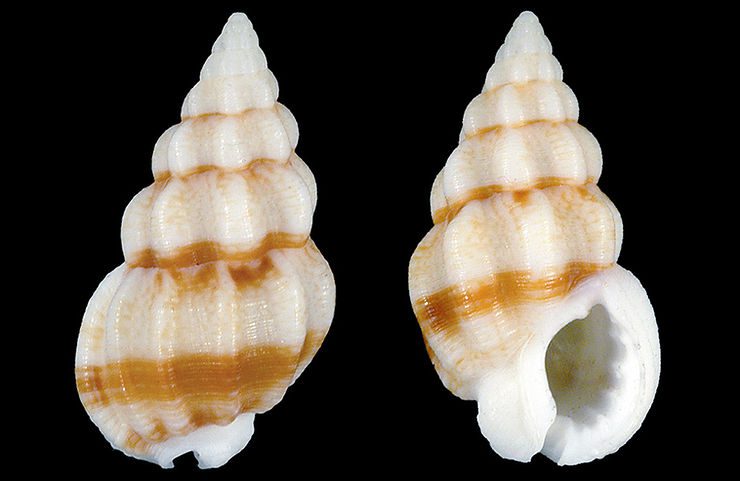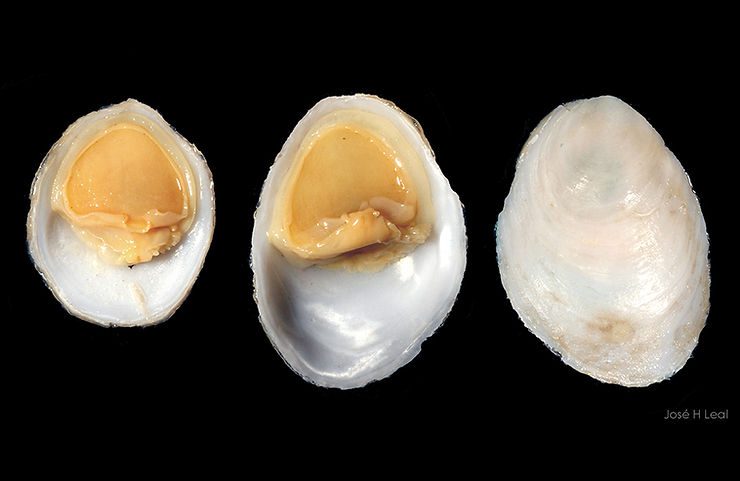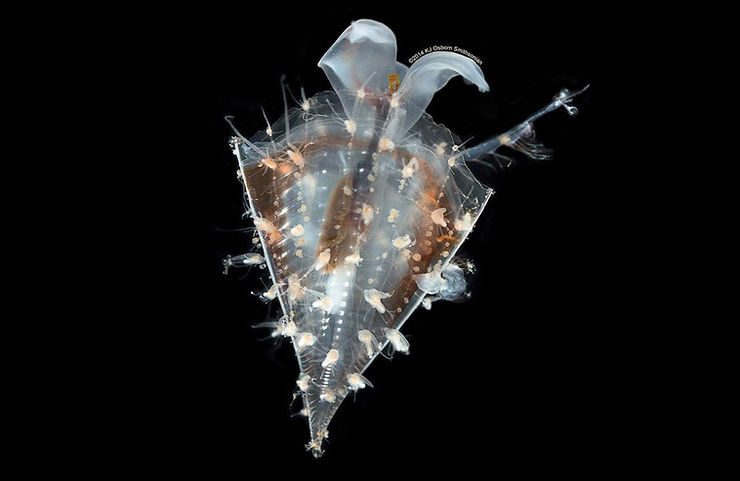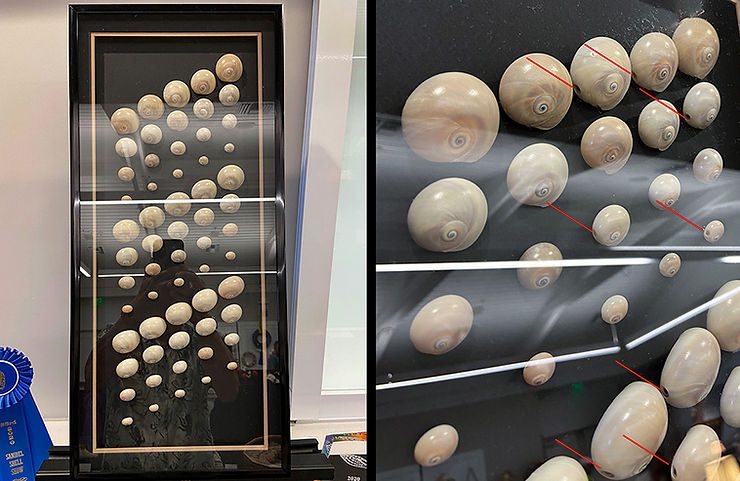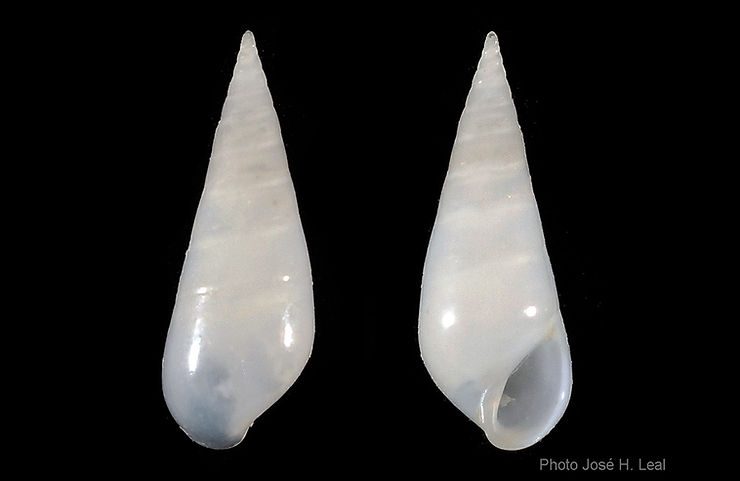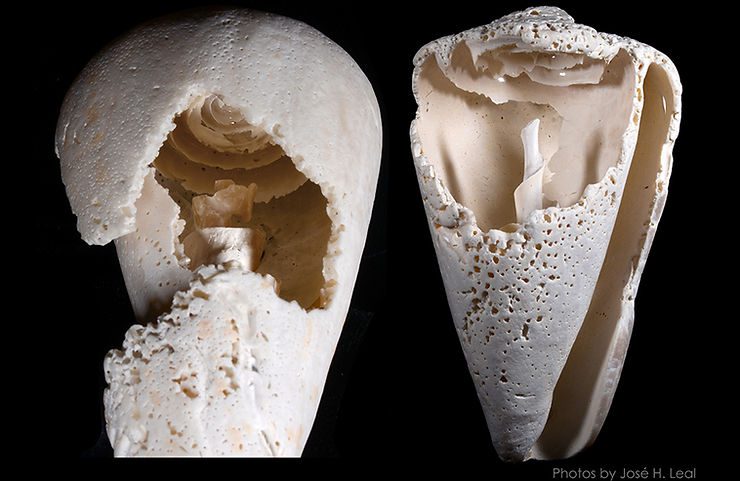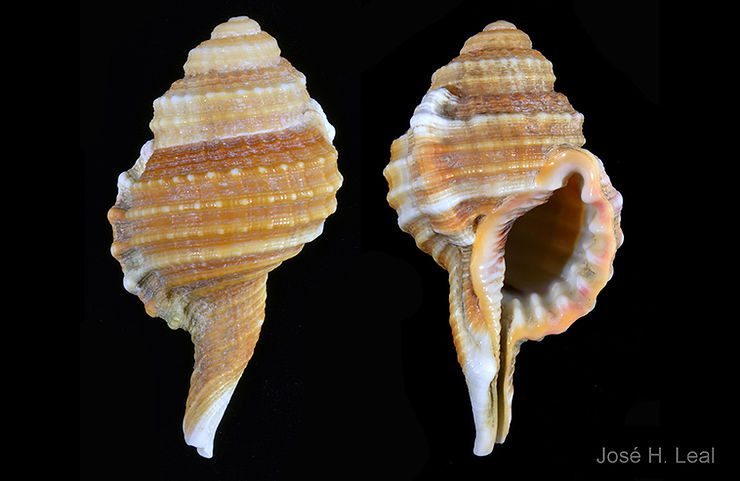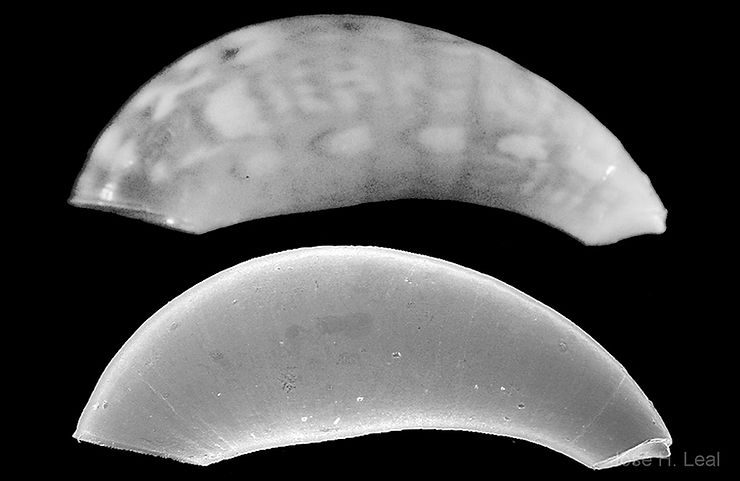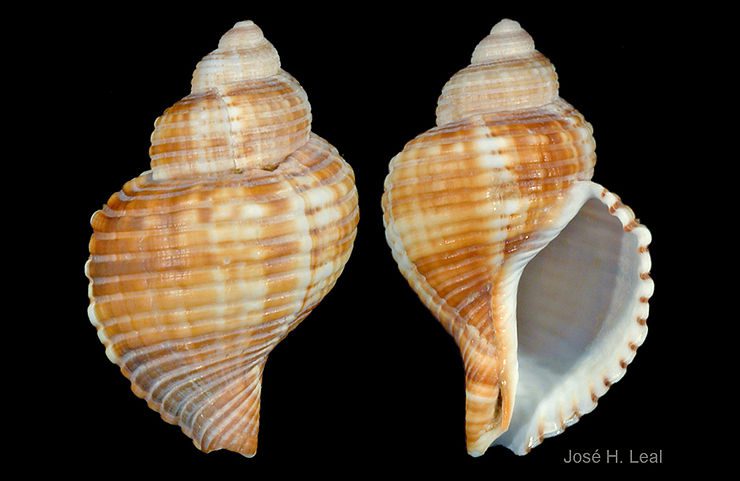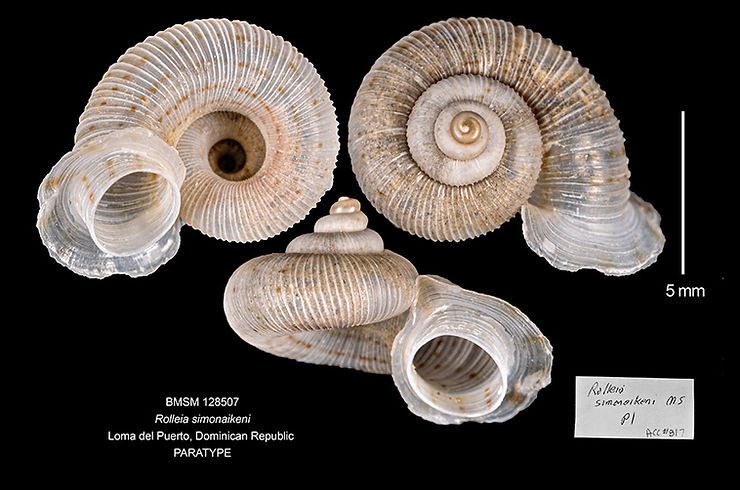
An Exquisite Land Snail
In a paper published posthumously in the April 2020 issue of the National Shell Museum’s scientific journal, The Nautilus, Dr. G. Thomas Watters from the Museum of Biological Diversity at Ohio State University in Columbus, and his collaborators, named the new species Rolleia simonaikeni, a half-an-inch wide, attractive land snail from the Dominican Republic. The species was named after Simon Aiken, from the UK, who collected some of the specimens in the study. Dr. Watters had studied the land sn
